The bacillus subtilis is such a bacterium Bacillus naturally present in the soil. In organic farming it is used as an effective fungicide to prevent the most common diseases of horticultural and fruit crops. It is also known by the names of grassland bacillus or some hay and its use represents a valid alternative to classic fungicide products, such as copper. Unlike the latter, the bacillus subtilis it does not present any risk of toxicity towards plants and the environment in general.
So let’s see what this particular bacillus is and how it exerts its microbiological activity against the fungal pathogens responsible for diseases.
What is bacillus subtilis
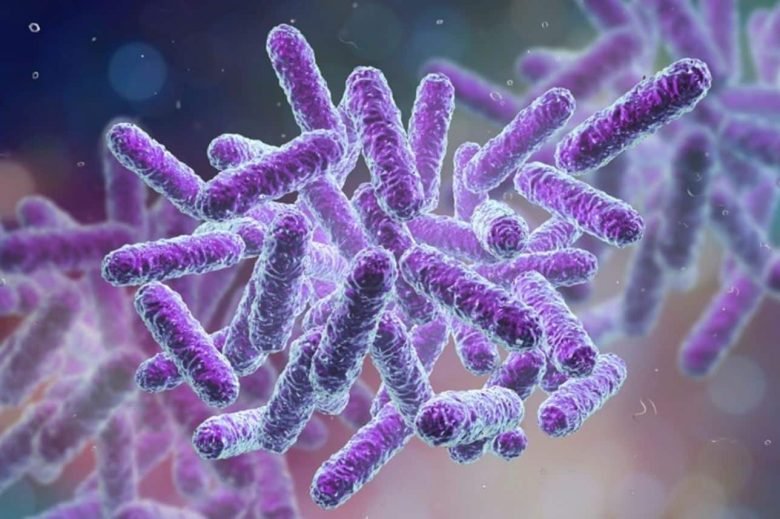
Bacillus subtilis seen under the microscope
The Bacillus subtilis is a bacterium said gram-positive sporogenouscomponent of the soil microflora, often present in the portion of soil surrounding the roots of plants (rhizosphere).
Observed under the electron microscope, it has the shape of a rod. In extreme environmental conditions, it has the ability to give rise to an endospore capable of surviving for long periods under adverse conditions. Taking advantage of this characteristic, products based on particular strains have been developed (QST 713) able to prevent diseases of cryptogamic origin, i.e. those caused by fungal pathogens.
How it works against pathogens
As mentioned, the bacillus subtilis it is very common in the soil. In nature, the bacterium competes with other microorganisms already present in the soil, for living space and nourishment. Bacillus is able to limit competitors, even using them as a food source. In other cases, such as against fungal pathogens, it produces some metabolites outside the cell, which inhibit the growth of the germ tube of the fungal mycelium and the multiplication of bacterial cells. In commercial products this natural mechanism is reproduced, with the bacillus spores germinating and competing on the leaves with fungal agents.
In summary, the bacillus subtilis has a preventive action against diseases in the following ways:
- blocks the germination of fungal spores;
- acts against the germinative tube and the growth of the mycelium;
- it inhibits the establishment of the pathogen at the leaf level, creating a sort of inhibition zone, thus avoiding subsequent infections.
Against what diseases is bacillus subtilis effective
There are several cryptogamic diseases, but also bacterial ones, against which the bacillus subtilis carries out an effective preventive action: gray mold (Botritis cinerea); scab (Venturia spp.); fire blight (Erwinia amylovora); sclerotinia spp; stone fruit monilia (Monilia fructigena and M. Fructicola); bacterial spot of peach tree (Xanthomonas arboricola); bacterial tapping of tomato (Pseudomonas syringae pv. tomato);
When using
The bacillus subtilis it can be used at different times of the year, without the phytotoxicity problems that other fungicides on the market have. In fact, it is used from full vegetative activity up to the fall of the leaves (fruiting). But there are no limits to its use even during fruit harvesting and especially during flowering.
It can therefore be used when the predisposing conditions for the disease we are trying to prevent occur, perhaps because it has already occurred in previous seasons.
How to use
Commercial products based on bacillus subtilis they are packaged in powders that can be diluted in water, just like the best known bacillus thuringiensis. In general, it is better to do the treatments in the evening, to have a longer wetting of the leaves. You also need to use water that has a pH between 6 and 8. To best perform its action, it should not be mixed with other fungicides, rather it can be used in an integrated way, or alternating the types of treatment.
For the dosages, which differ according to the crop and the disease we are going to prevent, it is necessary to refer to the indications given on the label of the commercial formulation.
Where bacillus subtilis is found
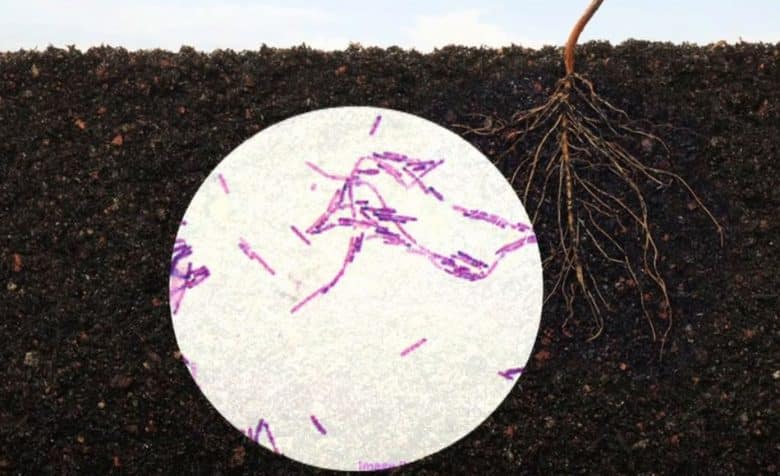
Products authorized to trade based on bacillus subtilis (strain QST 713) are not many and it is difficult to find them. This is because in agricultural shops, both physical and online, traditional fungicides are still favored (copper above all). However, with a fine research activity it is possible to buy them at normal prices.
In probiotic form, it is also marketed as a food supplement for human use, to regulate intestinal functions. If you are looking for it, you can find it here.

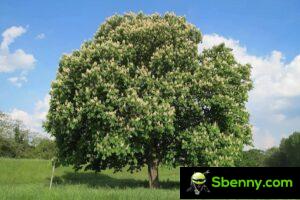
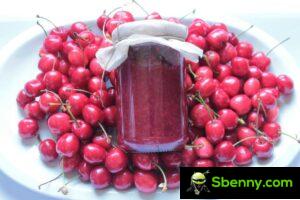
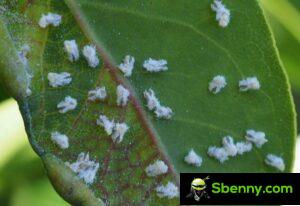
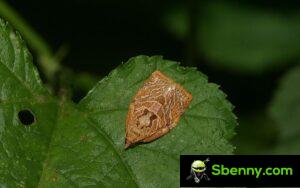
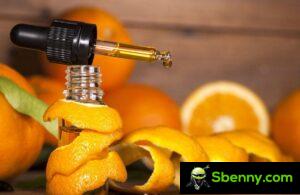
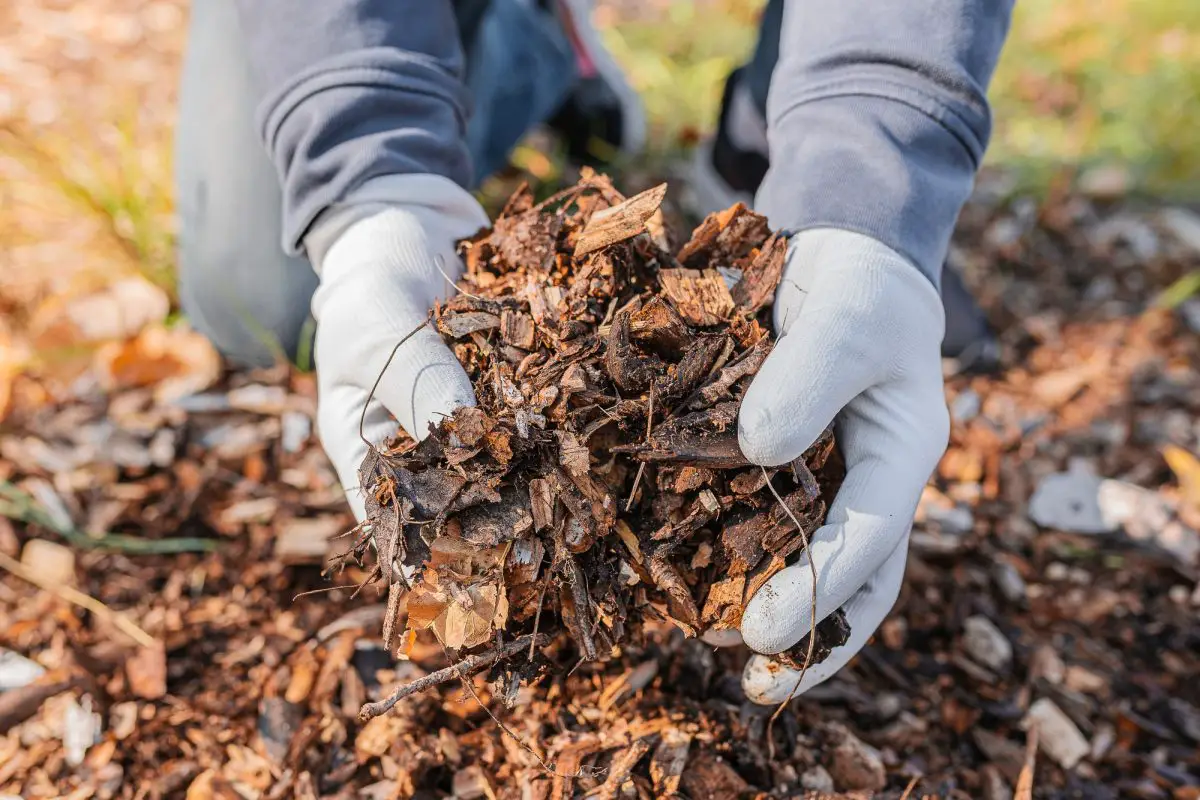
Start a new Thread